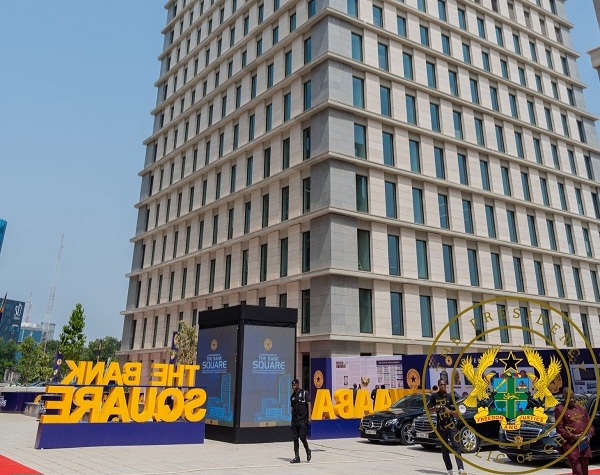|
Getting your Trinity Audio player ready...
|
The Bank of Ghana (BoG), Ghana’s central monetary authority, has navigated varying economic landscapes, reflecting both global trends and domestic policies. Its financial performance over the years showcases periods of relative stability punctuated by episodes of significant losses. Below is a detailed analysis, spanning governments and reasons behind these fluctuations.
Under the administration of President John Evans Atta Mills (2009 to 2012) of the National Democratic Congress (NDC), Ghana experienced significant economic growth driven by the commencement of oil production in 2010. The Bank of Ghana maintained a stable financial position during this period, with monetary policies aimed at stabilizing the cedi and controlling inflation. Profitability was supported by relatively stable macroeconomic indicators, though challenges such as fiscal deficits began to emerge.
John Dramani Mahama’s tenure (2012-2016), also under the NDC, saw a shift in the economic narrative. While the GDP grew due to continued oil production, the economy faced mounting fiscal deficits, currency depreciation, and external shocks such as falling commodity prices. The BoG’s financial performance mirrored these challenges. By 2015, inflation reached double digits, compelling the BoG to adopt tight monetary policies, including high-interest rates, which increased operational costs.
With the New Patriotic Party (NPP) taking office under President Nana Akufo-Addo in 2017, the government embarked on an ambitious reform agenda. The BoG was central to these reforms, including banking sector clean-ups that cost the government over GH¢21 billion. Although these measures restored some confidence in the financial sector, they weighed heavily on the central bank’s balance sheet. Simultaneously, external shocks such as the COVID-19 pandemic in 2020 exacerbated fiscal pressures, leading to increased government borrowing and challenges for the BoG.
The period from 2021 to 2023 marked the most turbulent financial years for the BoG. Under the ongoing Akufo-Addo administration, the BoG posted unprecedented losses of GH¢60.81 billion in 2022. This historic deficit was attributed to the Domestic Debt Exchange Program (DDEP), introduced to restructure Ghana’s unsustainable debt levels. Losses were further exacerbated by the depreciation of the cedi, which inflated the cost of foreign-denominated liabilities.
In 2023, the losses reduced to GH¢10.6 billion, reflecting some recovery. However, the bank continued to incur high costs from Open Market Operations (OMO), designed to combat inflation. These operations were successful in reducing inflation from 54.1% in December 2022 to 23.2% by the end of 2023, but they significantly increased interest expenses.
The BoG faced public scrutiny over its financial management, particularly concerning the construction of a new $250 million headquarters during a period of financial strain. Critics argued that the expenditure was untimely, although the BoG defended the project as a necessity for operational efficiency.
The Bank of Ghana’s financial trajectory since 2009 highlights the interplay between government policies, economic conditions, and external factors. While its role in stabilizing the economy, especially during crises, is evident, the significant losses in recent years underscore the challenges of navigating economic recovery amidst structural weaknesses. Moving forward, a focus on prudent fiscal policies and targeted monetary interventions will be critical to restoring the BoG’s financial health and maintaining economic stability.


